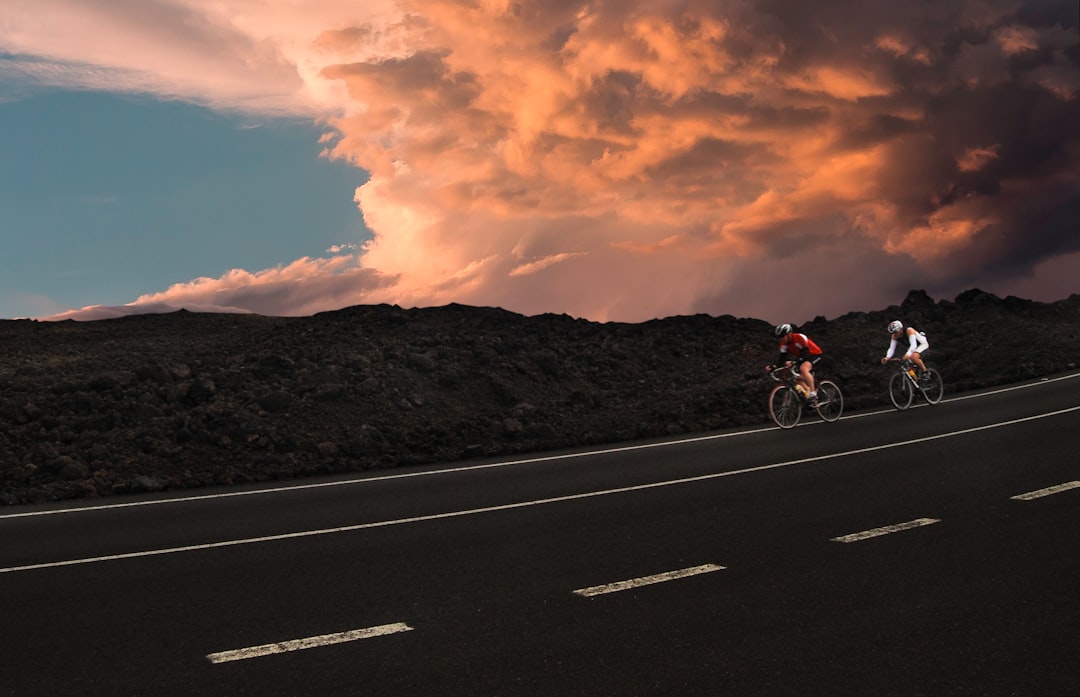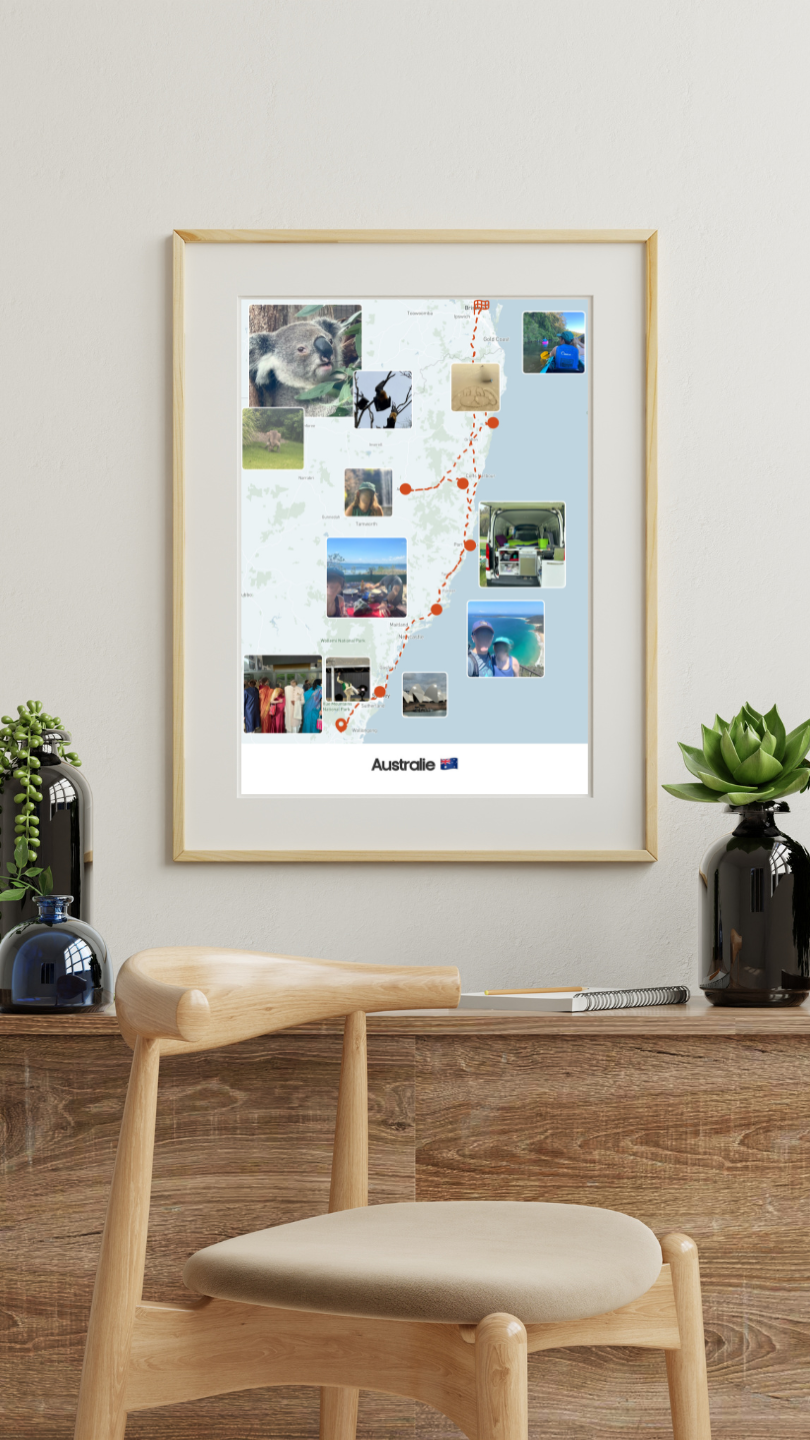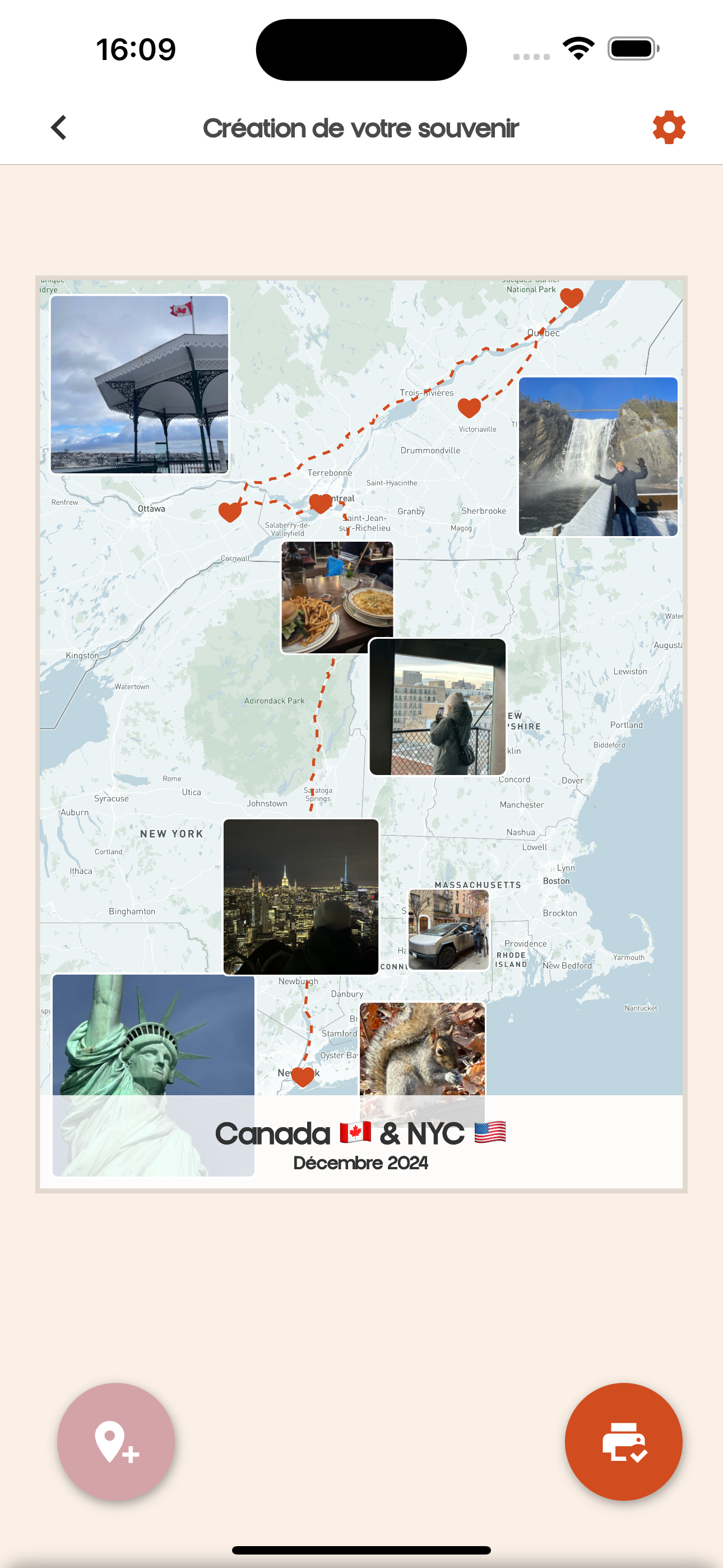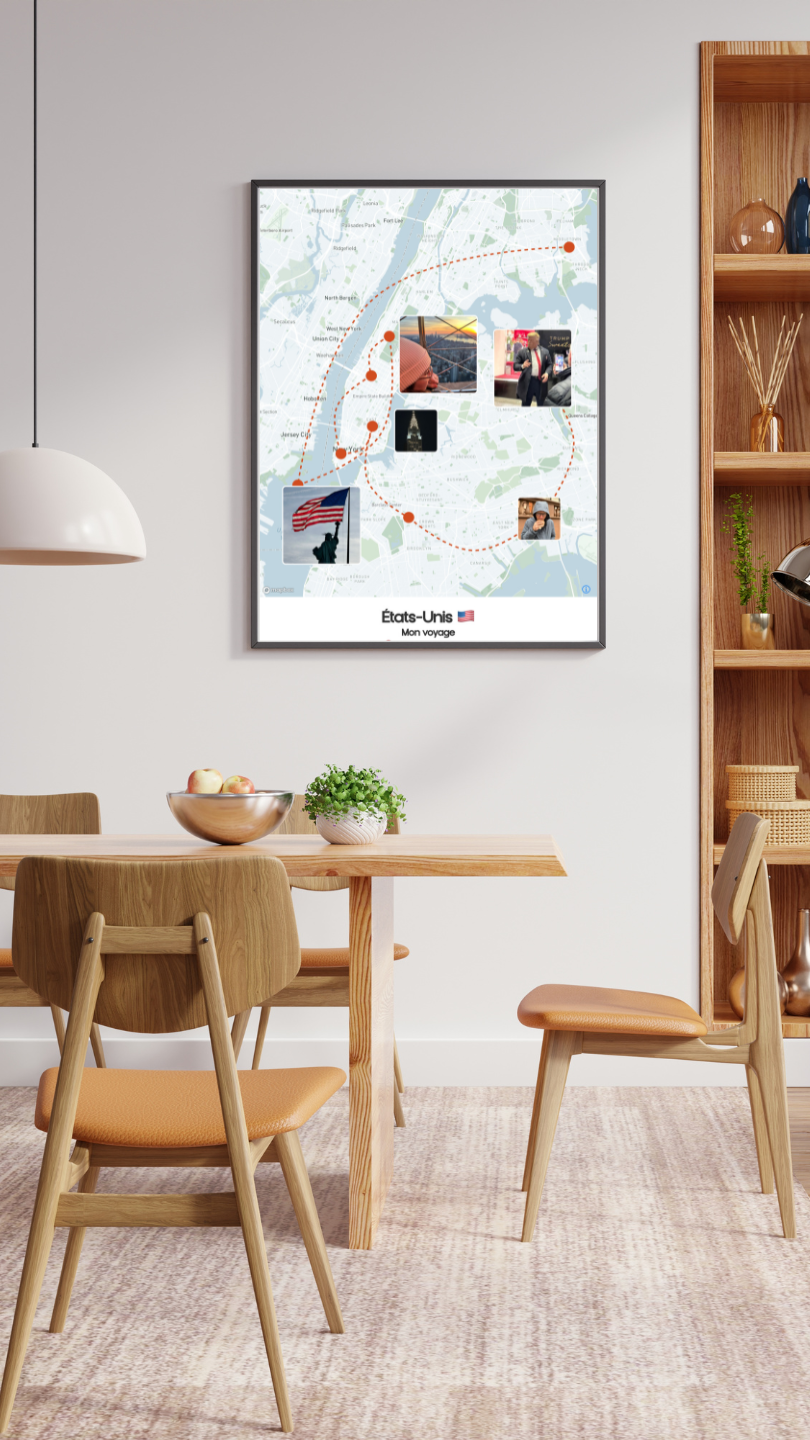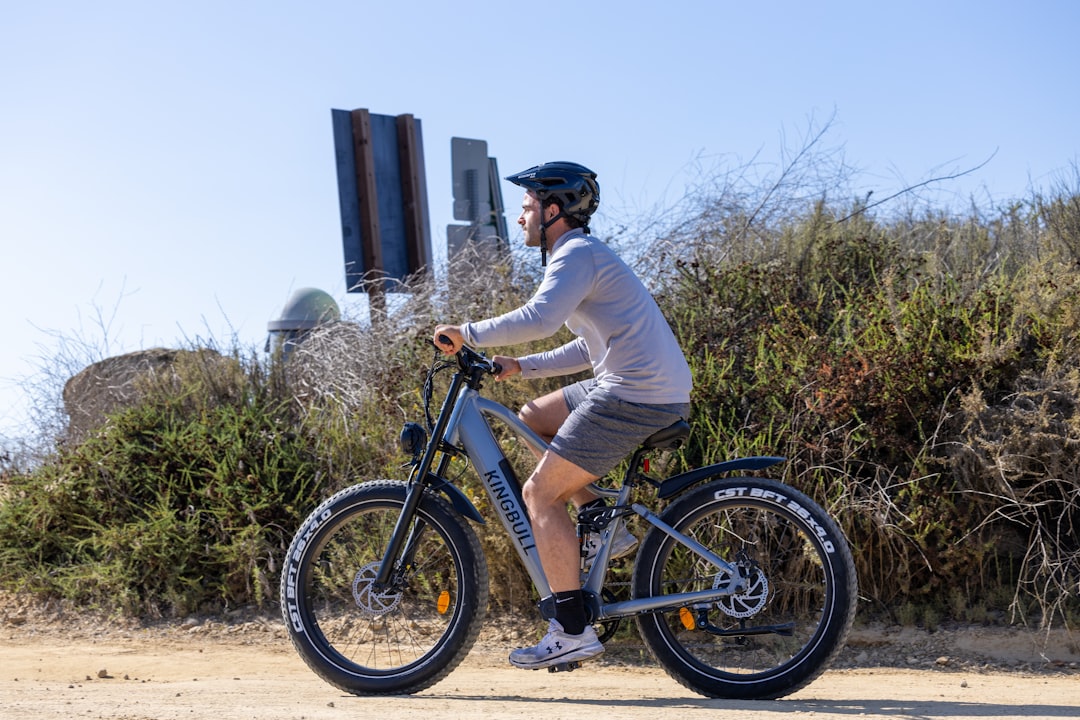
Introduction - The Keys to a Safe Bike Trip
Selecting Your Route - Planning a Safe Bike Trip
Essential Equipment - Selecting the Best Tools for a Safe Bike Trip
- Helmet: Always wear an approved helmet to protect your head in case of falls.
- Lights and Reflectors: Ensure you are visible, even in darkness.
- Appropriate Clothing: Choose reflective and breathable clothing.
- Repair Tools: Bring a repair kit to handle unforeseen issues.
- GPS: Use a navigation system to avoid getting lost.
- Spare Inner Tube: Carry a spare tube in case of a flat.
- Water Bottles: Stay hydrated throughout your route.
- Energy Bars: Bring snacks to recharge your energy.
- Sun Protection: Don't forget to protect yourself with sunscreen.
- Lock: Secure your bike during breaks.
Safe Riding Techniques - Riding Safely During Your Bike Trip
Assessing Weather Conditions - Organizing a Safe Bike Trip
Physical and Mental Preparation - Ensuring Safety During Your Bike Trip
Travel Insurance - Ensuring Your Safety During Your Bike Trip
Communication and Staying Connected - Organizing a Safe Bike Trip
Conclusion - The Best Practices for a Safe Bike Trip
FAQ - How to Plan a Bike Trip Safely?
1. What documents should I bring for a bike trip?
It is important to carry the following documents for a bike trip: your ID, insurance, your trip itinerary, and any important health or bike documentation. Having these documents readily available will facilitate managing unforeseen situations. Physical maps can also be useful in areas where network coverage is limited. Lastly, a digital copy of your documents can be stored on your smartphone or other devices for added safety.
2. How do I choose a bike for a trip?
The choice of bike largely depends on the duration of the trip and the type of terrain you will encounter. Touring bikes are ideal for long-distance rides, while mountain bikes are better suited for rough trails. Ensure that your bike is in good condition before you leave: check the brakes, tires, and chain. Also, consider the bike's weight, as a lighter bike will make it easier to transport over long distances.
3. What type of safety gear should I wear?
For your safety, it is essential to wear an approved helmet. Additionally, front and rear lights, reflective clothing, and gloves can enhance your visibility and safety on the road. You should also have a first-aid kit and a repair kit to handle any unforeseen events. Never underestimate the importance of being well-equipped to maximize your safety during the ride.
4. What food should I bring on a bike trip?
Bring high-carb foods and healthy snacks to maintain your energy during your ride. Energy bars, dried fruits, nuts, and sandwiches are excellent choices. You should also carry a water bottle to stay hydrated. Prepare easy-to-consume meals on the go, and avoid heavy or difficult-to-digest foods. Having a good diet will help you manage the physical effort during your trip.
5. What do I do in case of a flat tire?
It is inevitable that a flat may occur. To repair it, you will need a repair kit that includes a spare inner tube, tire levers, and a pump. Find a safe place to make the repair, away from traffic. Remove the wheel, take off the tire, change the inner tube, and then reassemble everything. If you don’t feel able to handle the situation, look for a bike repair station or ask for help from another cyclist.
6. How do I handle unexpected events during the trip?
Prepare to face unforeseen circumstances by considering all possible scenarios. Always have a backup plan for your itinerary and ensure you have repair contacts readily available. Stay flexible in your approach and be prepared to adapt your route based on weather conditions or other issues that may arise. By having an open and adaptable mindset, you can overcome obstacles and continue to enjoy your journey.
7. What is the best season for a bike trip?
The best season to travel by bike depends on your destination. Generally, spring and autumn are ideal seasons due to mild temperatures and beautiful landscapes. Avoid extremely hot periods or heavy rains. Additionally, checking for local events or public holidays can help avoid crowds. Whatever season you choose, make sure to check the weather in advance.
8. How to mentally prepare for a bike trip?
Mental preparation is just as important as physical preparation. Consider the trip as an adventure and a personal challenge. Practice mindfulness or yoga to improve your focus and relax. Plan visualization exercises to imagine your successes throughout the journey. A positive attitude will help you overcome difficulties and enjoy the experience. Remember, it's an adventure you are building. Be patient with yourself and stay determined.
9. Is it necessary to travel with a group?
Traveling in a group offers several advantages, including safety, mutual assistance, and camaraderie. That said, many cyclists prefer solo trips for the independence and peace of mind they provide. If you choose to go alone, make sure to inform someone of your itinerary and schedule. If you opt for group travel, choose travel partners with similar skills and energy levels to ensure group cohesion.
10. How do I choose a destination for a bike trip?
Choose a destination that matches your skill level and interests. Be it mountains, beaches, or rural roads, do thorough research in advance to understand the types of terrains and landscapes you will encounter. Also, consider the distance you are willing to ride each day and the total duration of the trip. Finally, gather information about cycling paths and infrastructure available in the area.
